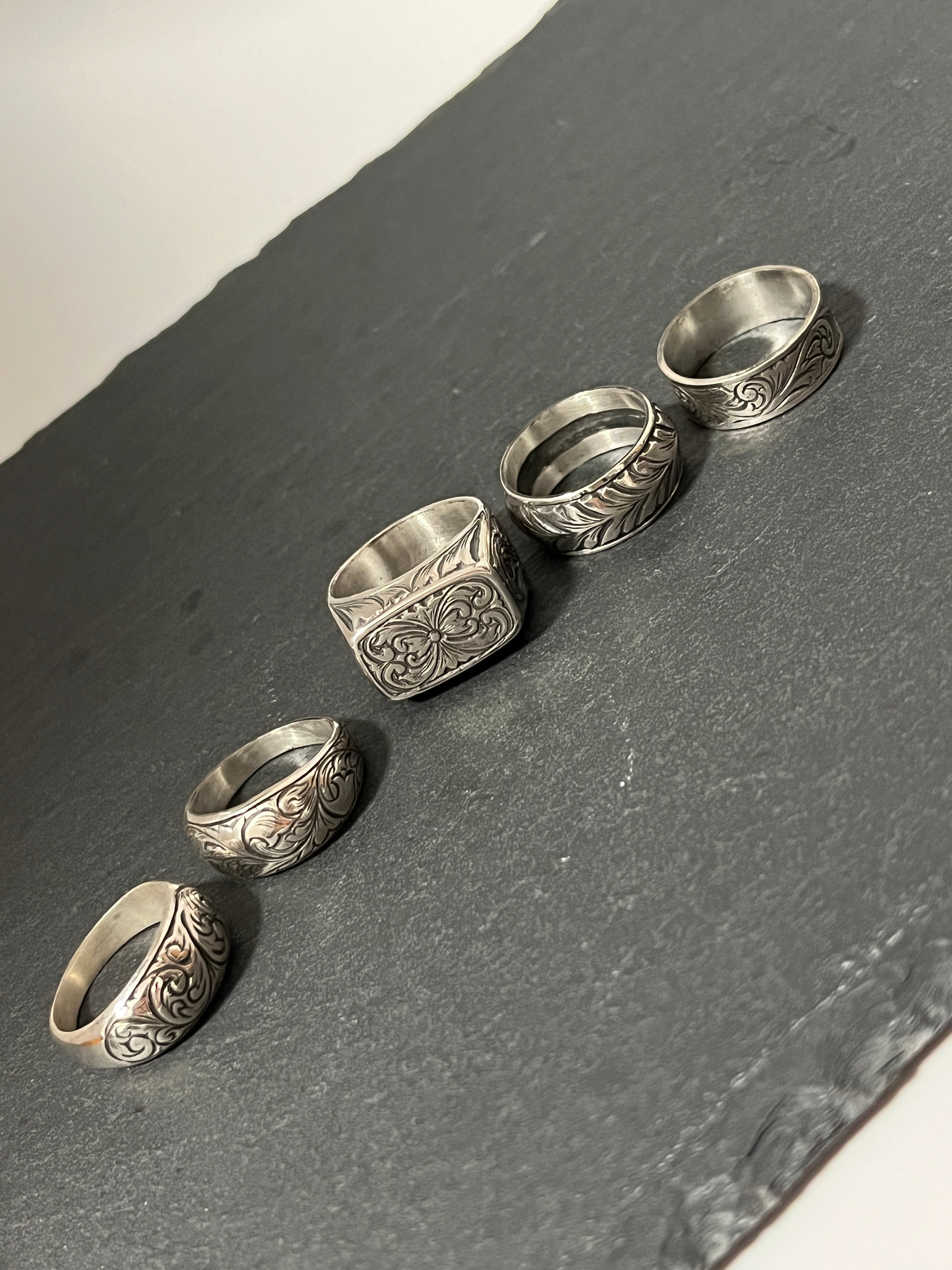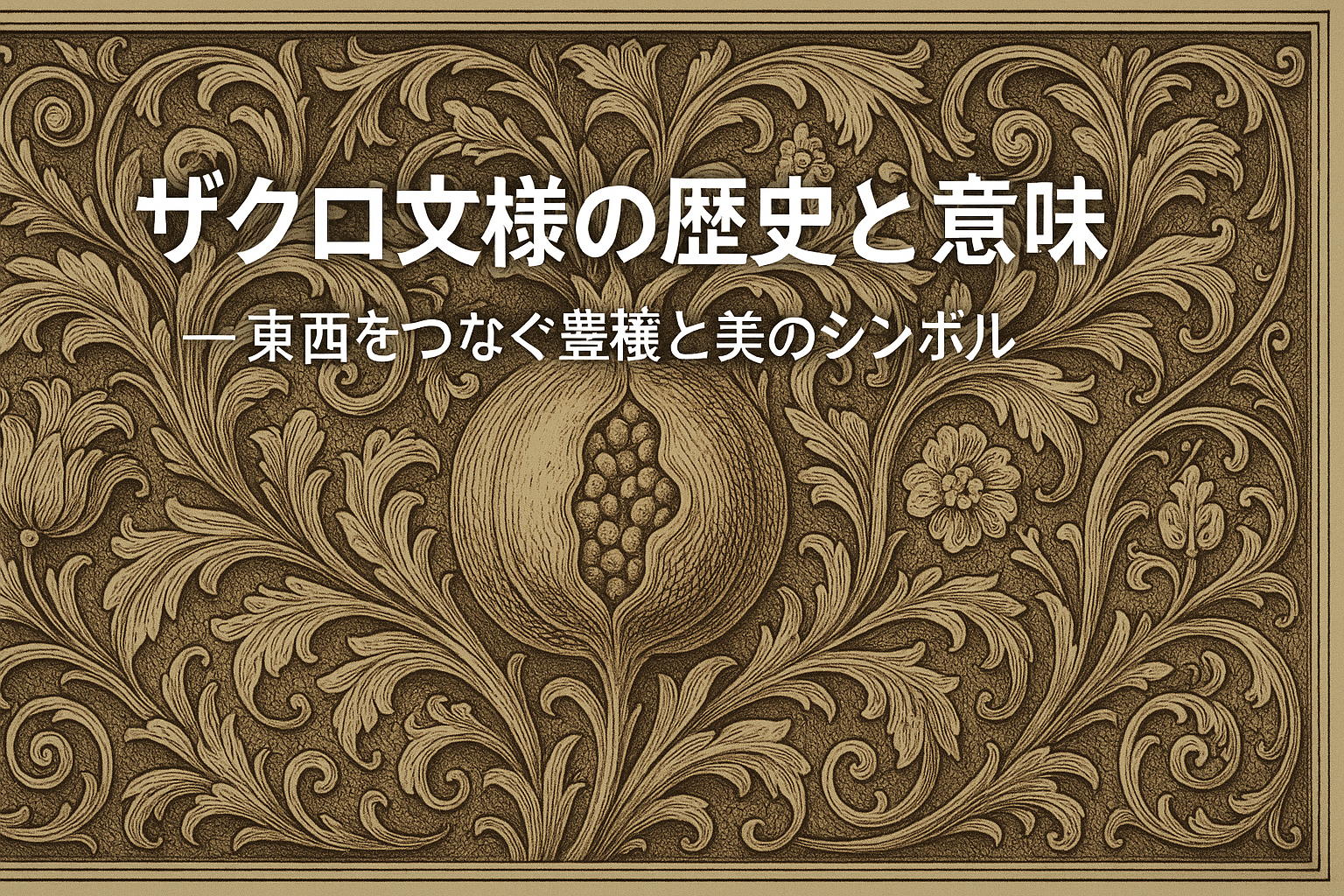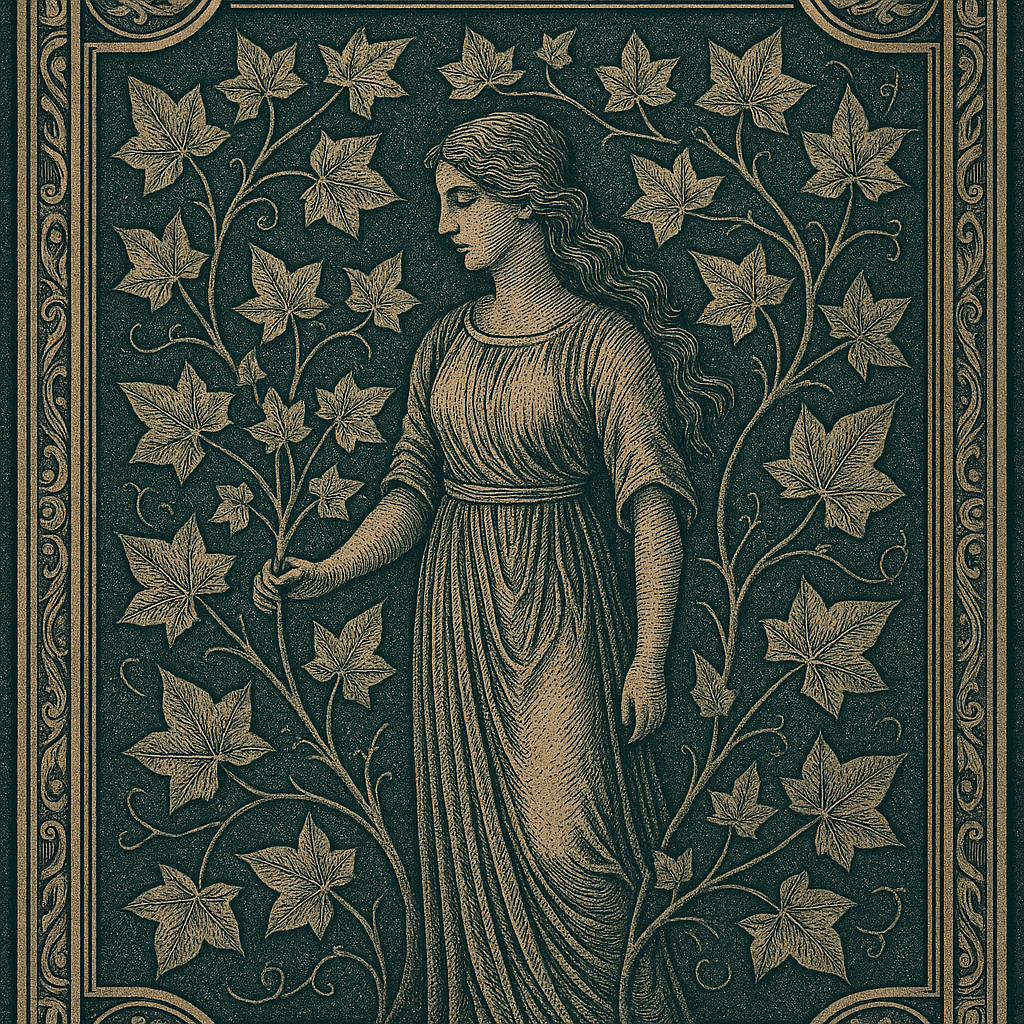

The history and meaning of the acanthus motif: a symbol of decorative beauty since ancient times
What is Acanthus

Acanthus is a perennial plant native to the Mediterranean coast, characterized by large, deeply lobed leaves.
Its beautiful leaf shape has been loved as a decorative motif in art and architecture since ancient Greece.
Historical origins
Ancient Greek architecture
Around the 5th century BC, the sculptor Callimachus is said to have incorporated acanthus leaves into Corinthian capitals.
Ancient Rome
While inheriting Greek culture, it is also widely used in mosaics, murals, and metalwork.
Middle Ages to Renaissance
Acanthus was also used as a border in church architecture and manuscript decoration, symbolizing elegance and dignity.
Symbolic meaning
Acanthus is said to have the following significance in the history of ornamentation:
- Eternity...A perennial plant, it is a symbol of the powerful, regenerative life force.
- Prosperity...In ancient Rome, it was used as a motif to represent wealth and success.
- Refined beauty...The complex and harmonious leaf shape is a symbol of advanced aesthetic sensibility.
Development as decoration
- Architecture: Corinthian capitals, friezes
- Metal crafts: silverware, engravings, furniture fittings
- Art: frescoes, illuminated manuscripts
- Contemporary: accessories, jewelry design, furniture decoration, etc.
Applications to metalwork and contemporary design
In engraving, the flowing leaf shape of acanthus is suitable for curved carving, and when combined with arabesque patterns and scroll designs, it gives a classical and gorgeous impression.
Even in modern jewelry and interior design, this motif remains a staple that creates a sense of classicism and luxury.
summary
The acanthus motif is a symbol of the unbroken history of ornamentation, stretching from ancient times to the present day.
Its graceful curves and meaning have continued to inspire many artisans and designers throughout the ages.






